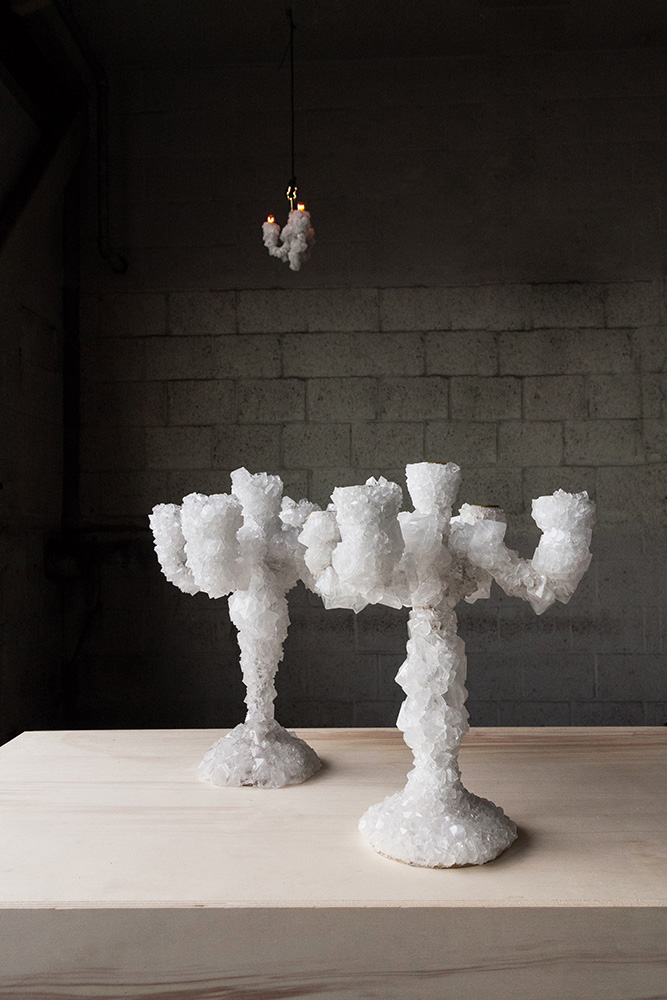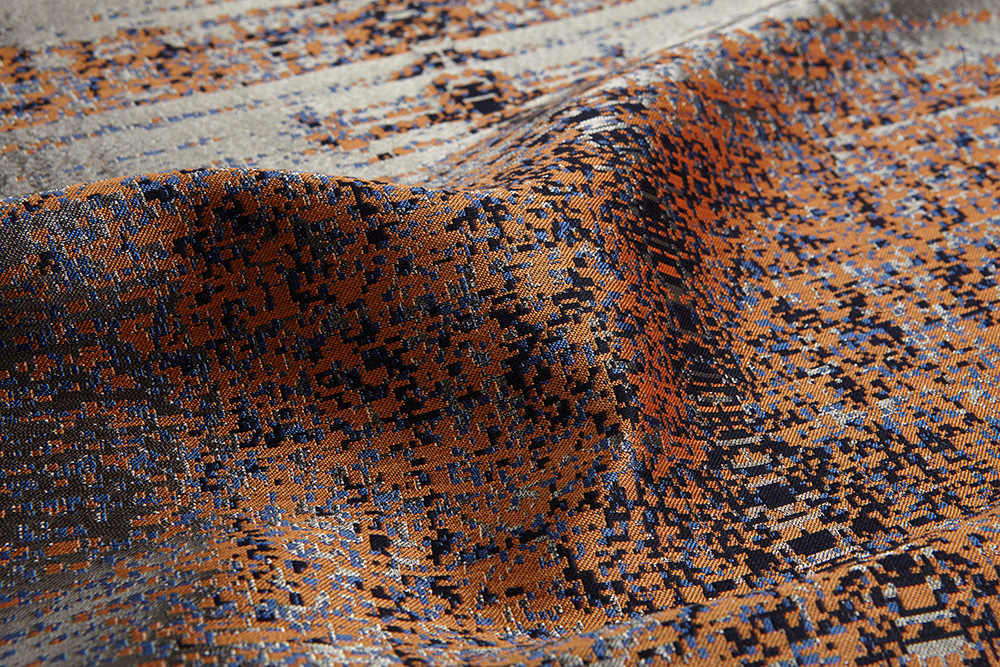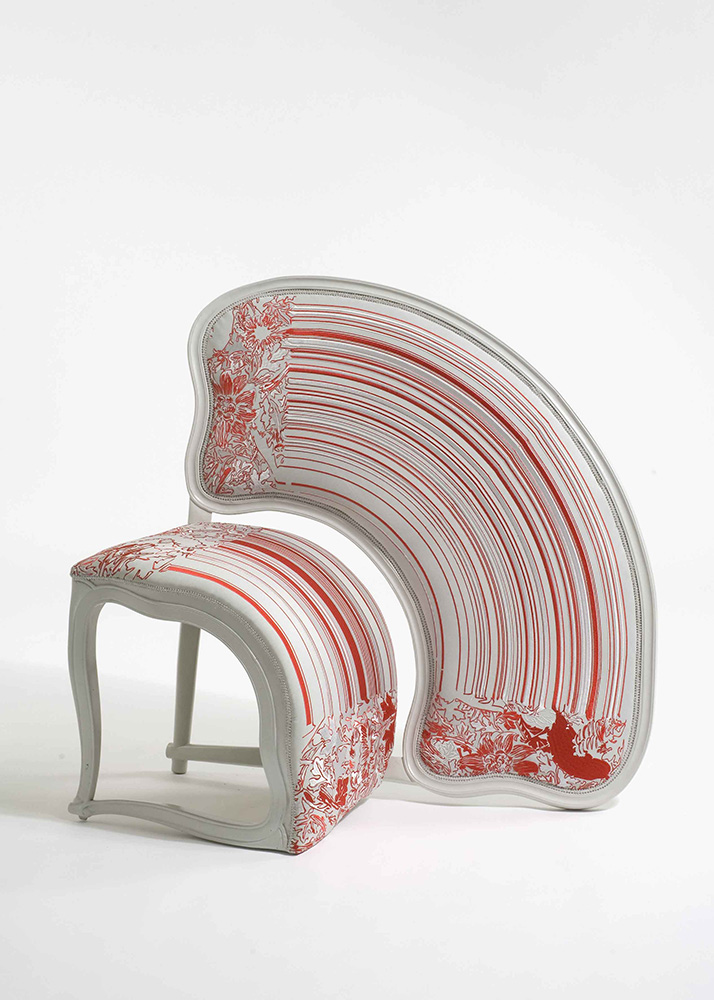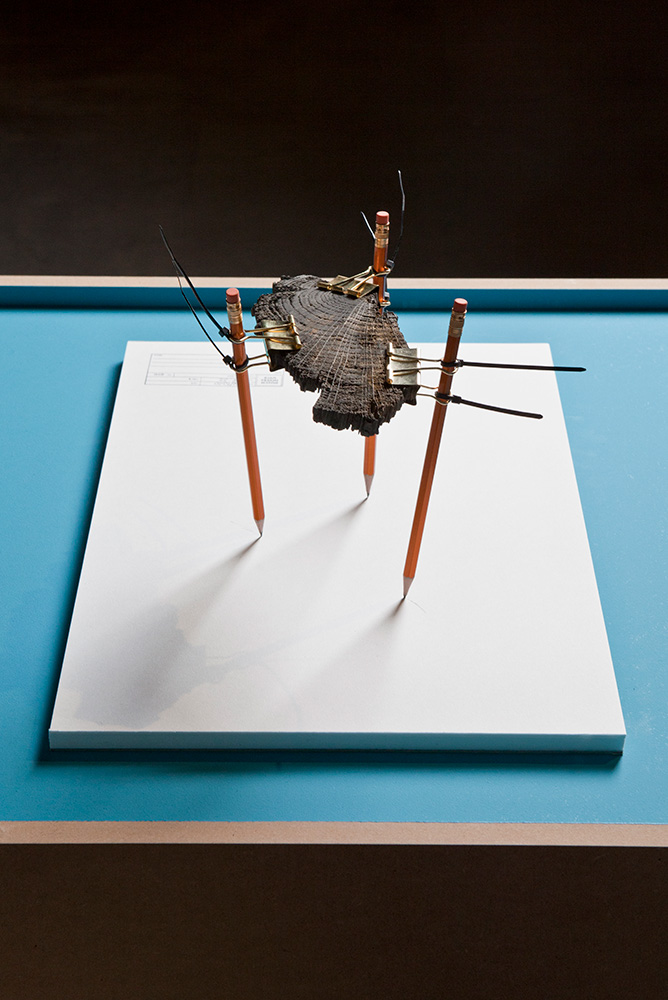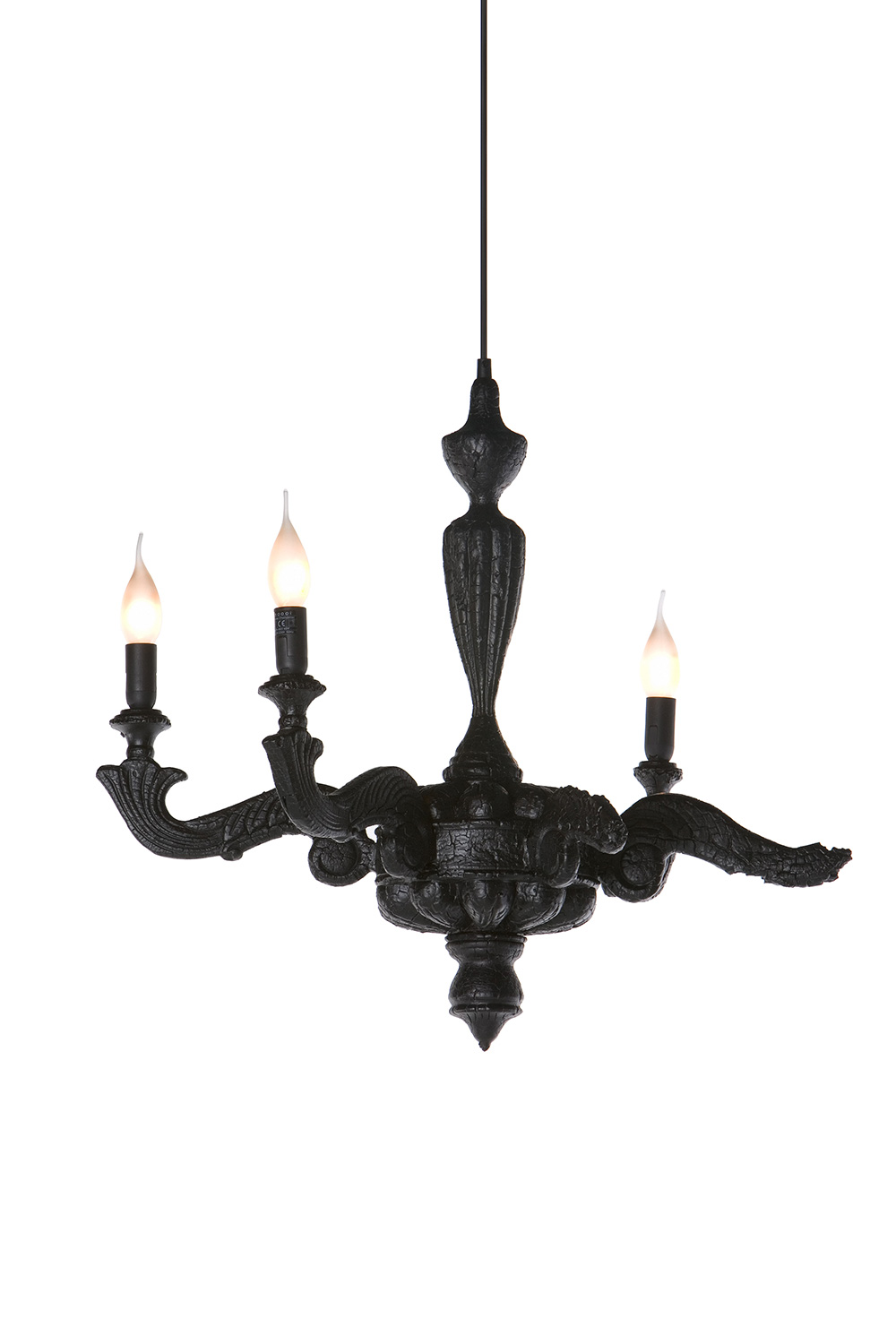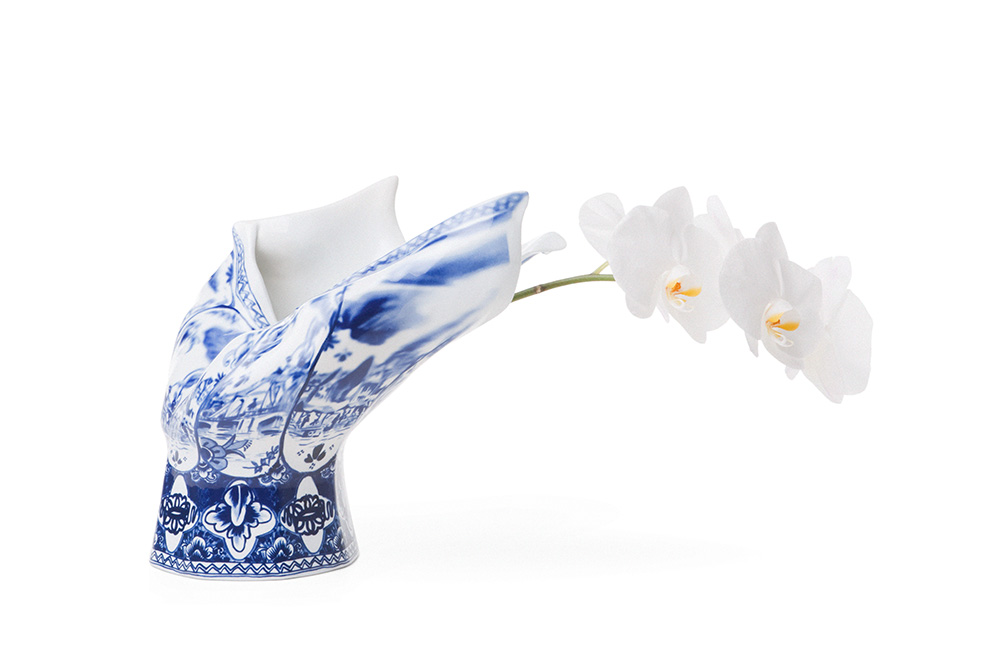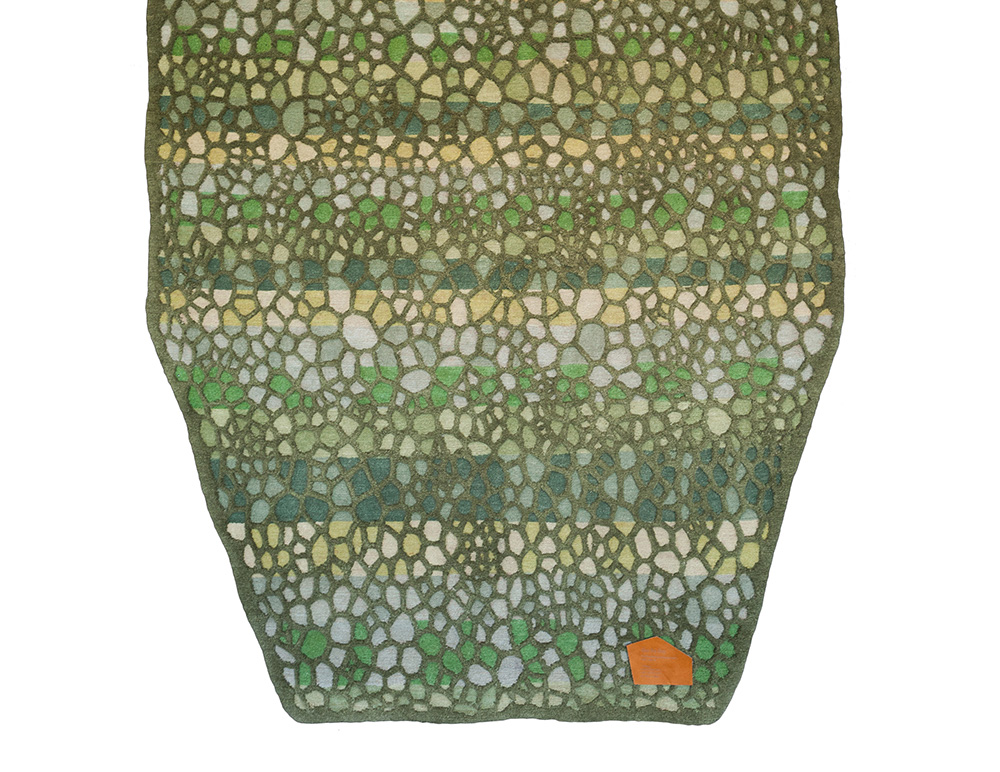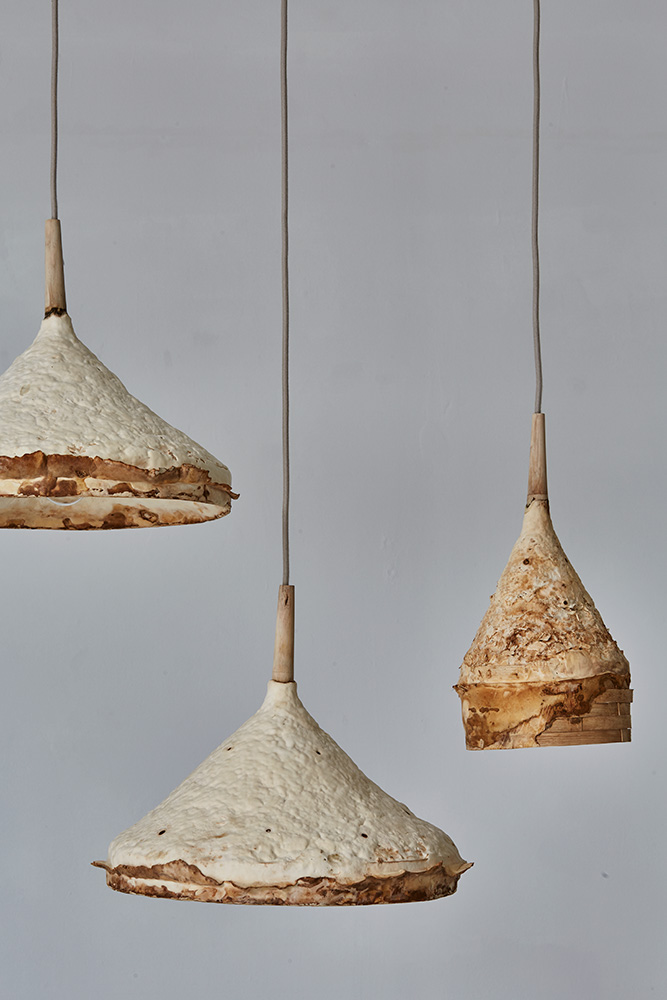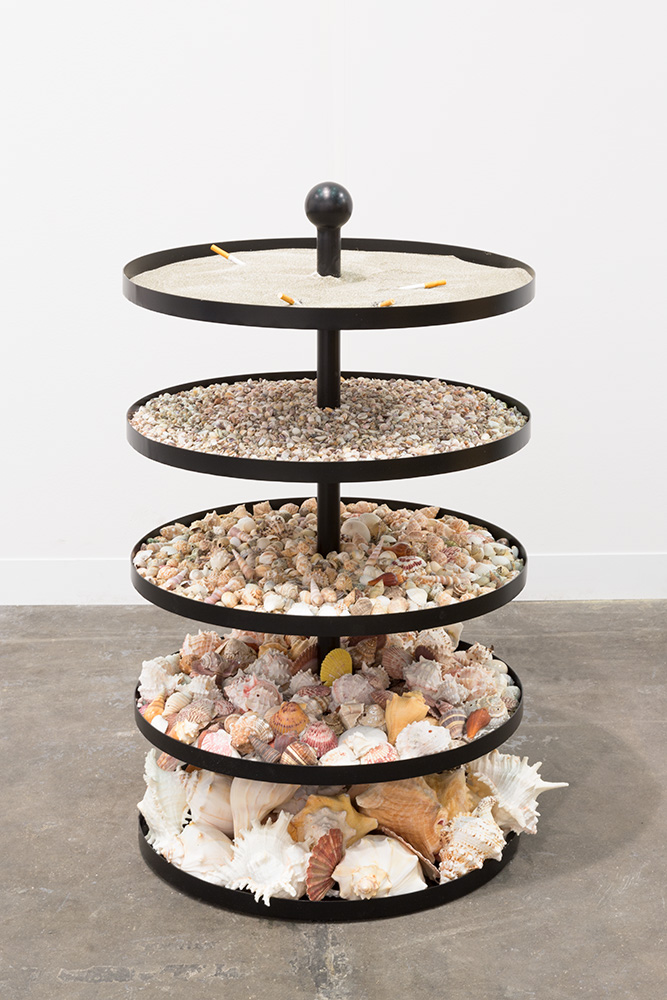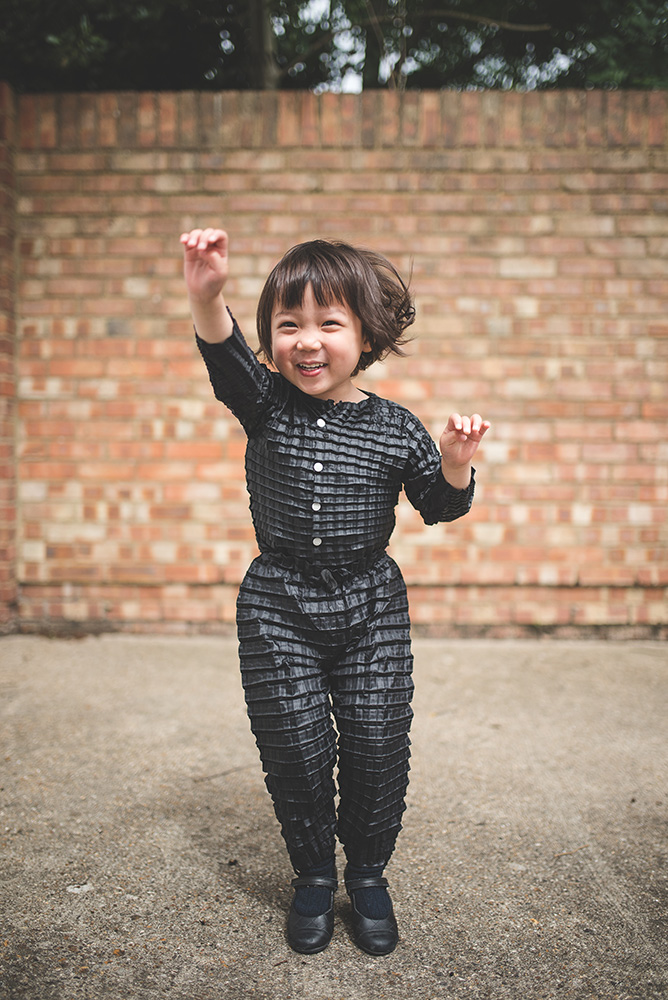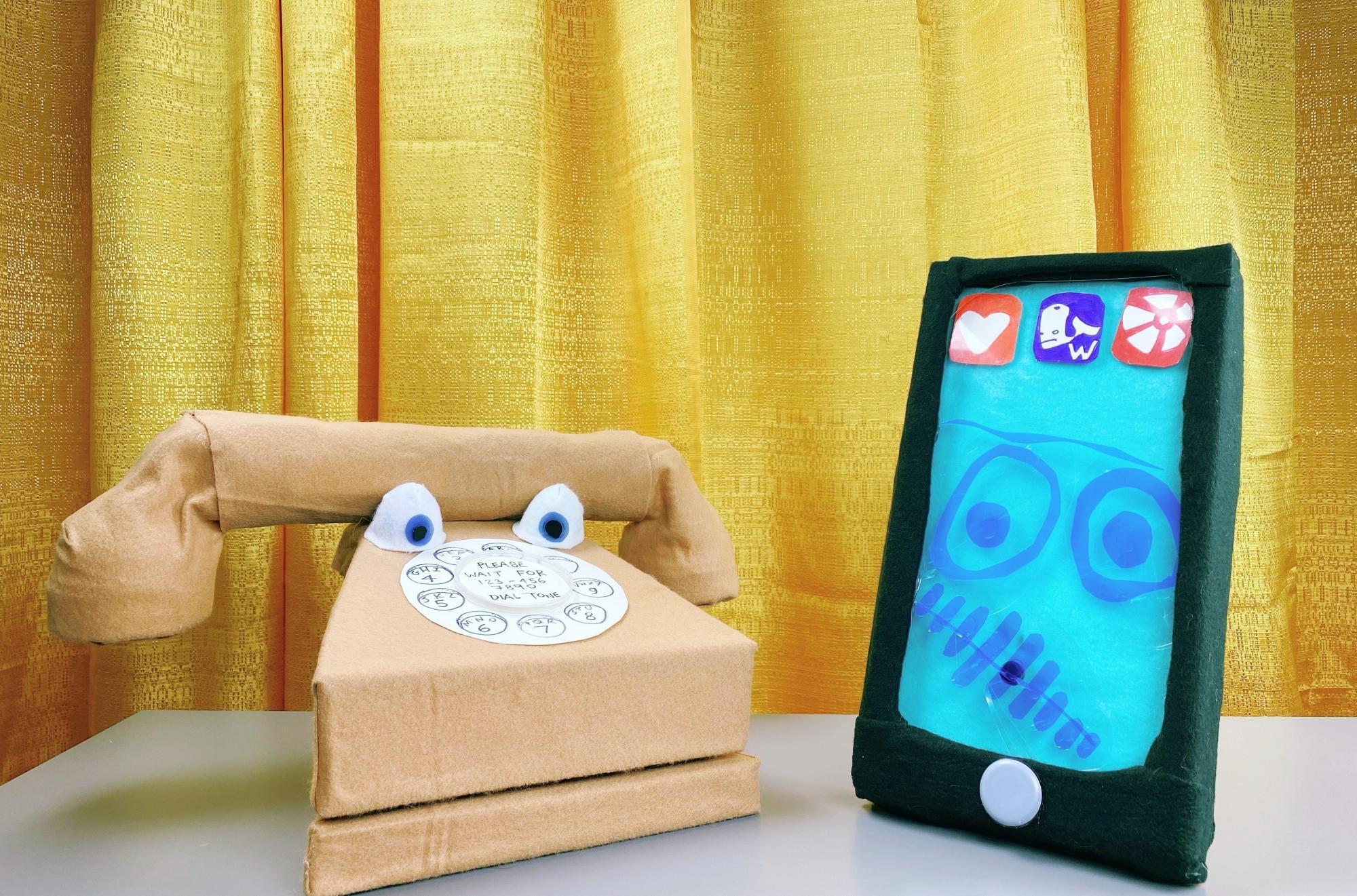Cutting-edge international designers explore how objects can embody the element of time in this poetic exhibition. Garments that grow, trees that sing, and objects that become their own miniature worlds encapsulate nature’s growth and decay.
Innovative studios in Austria, Cyprus, France, Germany, Iceland, the Netherlands, Sweden, the United Kingdom, and the United States are breaking boundaries and pushing design ideas into the 21st century. Part conceptual art, part sculpture, part real-world solutions, Design by Time is unlike any exhibition you have seen.
Organized by the Department of Exhibitions, Pratt institute, Brooklyn, New York, and is curated by Ginger Gregg Duggan and Judith Hoos Fox of c2 curatorsquared.
Art Project: DIY Air-Dry Clay
Note: Adult supervision recommended. This activity requires use of a stove.
Materials
- Medium saucepan
- 2 cups baking soda
- 1 cup corn starch
- 1¼ cup cold water
- Wooden or plastic spoon
- Medium mixing bowl
- Damp paper towel
- Parchment paper (optional)
- Small, fun items to fossilize (leaves, small toy, buttons, etc.)
Instructions
- Add baking soda, corn starch, and cold water to a saucepan. Combine with a wooden or plastic spoon.
- Cook over medium heat for about five minutes, stirring constantly. Your mixture will transform before your eyes! It will look like milk at first, then marshmallow fluff, then mashed potatoes. If your mixture doesn’t thicken after about five minutes, add more cornstarch one tablespoon at a time. Reduce heat if mixture starts to rapidly boil.
- Once your mixture has thickened to the consistency of mashed potatoes, carefully transfer your clay to a medium mixing bowl. Cover bowl with a damp paper towel and wait for your clay to cool.
- Once the mixture has cooled, dump out to start creating. You can put down parchment paper for easy cleanup.
- Form your clay into a ball about the size of an adult fist. Then smash it into a pancake! Your clay pancake should be about ½ inch thick.
- Now it’s time to freeze your favorite small item in time. Press a small item into your clay pancake. The more details you desire, the harder you should press your item into the clay. Carefully lift your item and check out the fun print it left behind.
- Leave your clay out overnight to harden. If you’re not done creating, store clay in an airtight container.
Bonus Activities
- Go on a nature walk to collect small items to fossilize or freeze in time.
- Punch a hole in the top of your clay pancake before it dries, add string once it has hardened, then hang it in your favorite place.
- Add paint and other decorative items to your hardened clay.
Sponsors
Friend Sponsors
AgFirst Farm Credit Bank; Joseph Bruce; Ann Marie Stieritz and John Carran
Patron Sponsors
Barbara B. Boyd; Nancy Gibbes; Jamie and Iris Griffin; Dr. Jessica Kross; David and Jane Kulbersh; Dorothy A. Poston; Bill Schmidt

